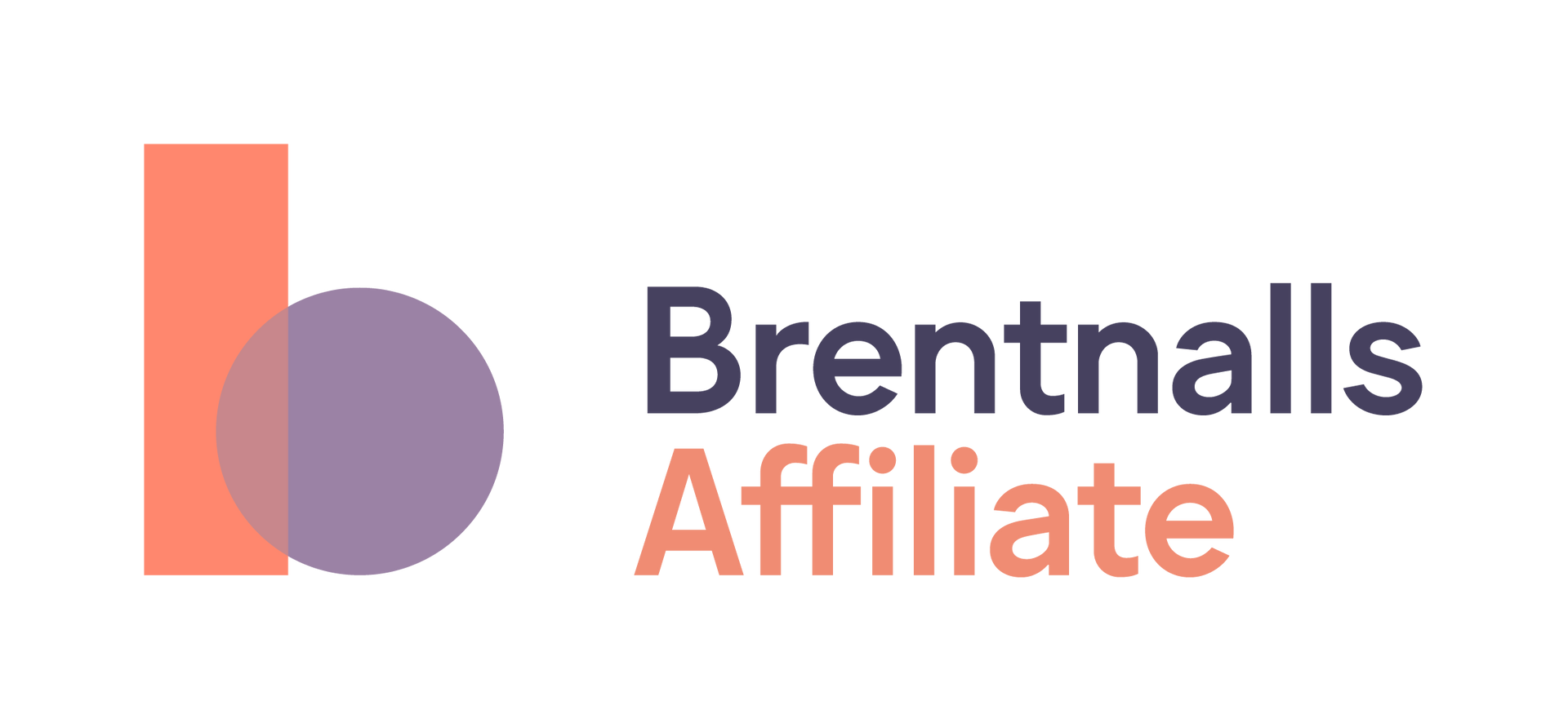News Articles
Health Industry
Health providers
can futureproof practices with strategic planning
5 March 2023

Health providers are progressively discarding bulk billing, according to a survey of almost 500 GPs. Cited as the key reasons being out-of-touch Medicare rebates, declining profit margins, and the escalating costs of running a practice.
HealthEd, a private, professional education company for doctors, surveyed 477 GPs in August and found more than one in five – 22%i – had recently changed their billing model.
Bigger than Medicare
However, Medicare rebates are only part of the challenge. Practices also must contend with a myriad of uncertainty , including independent practitioner arrangements and the impact on payroll tax obligations.
At the same time, the medical sector isn’t immune to the Australia-wide staff shortages attributable directly to the COVID-19 pandemic, with workforce supply limitations for practitioners and support staff creating unique challenges. Indeed, the war for talent in Australia’s job market is hotting up, with our unemployment rate falling to 3.4 per cent in October, the lowest in over fifty yearsii.
While it is pleasing that the Federal Government has pledged to increase its migration program to 195,000 permanent skilled migrants from 160,000iii clearly, practices can no longer afford to be reactive to the external influences that dictate how they function.
Getting on with the new norm
For medical practices to remain viable in times of constant change and uncertainty, they will need to transform into proactively managed businesses that are determined to create the preferred future based on a shared vision and purpose by developing a strategic plan.
Throughout COVID-19 medical practices, like virtually every other business, have been in a constant state of reactive action, adapting to the frequent changes in health policy and associated laws.
Focusing on strategy will enable practices to proactively wrestle back control of their businesses and move forward in a manner of their own volition even in the face of increasing staff shortages, higher business costs and flawed rebate indexation.
Now is the time for practices to lift their eyes and start considering the sustainability and viability of the business. Park COVID to the side and focus strategically on where the practice needs to go.
This means responding strategically to the headwinds such as staff shortages, the escalating costs of doing business and the changing nature of billing.
Planning for success
In our experience, high-performing practices embrace opportunities. Importantly, partners in high-performing practices regularly take a step back from running the business and invest time in strategic planning to improve its performance and look at what they do better.
These practices work through a process that highlights their priorities, and more contemporary practices focus on one, two or three issues only to ensure they fully execute and address them well.
It’s worth noting that the RACGP’s Standards for General Practice (5th edition) Criterion C3.1—Business operations systems require practices to demonstrate strategic thinking and business planning. This recognition by the medical profession to incorporate planning as an accreditation indicator endorses the importance of embedding strategic planning as a routine practice discipline.

Benefits of strategic planning
Aligning a practice’s vision and goals through the strategic planning process will ensure your daily operations work harmoniously towards achieving sustained success. The benefits of strategic planning include the following:
- Focusing attention on the vision and purpose.
- Reducing distractions caused by differences of opinion and other influences.
- Providing a platform for effective decision-making.
- Reducing your vulnerability to external forces in the industry.
- Enabling your practice to be proactively managed.
- Providing a clear focus on the investment of effort and resources.
- Increasing productivity because all activity is heading in the same direction.
- Building stronger teams and the buy-in of people involved in the process.
- Communicating goals and objectives to key stakeholders.
Drafting your strategic plan
Drafting a strategic plan involves several steps. However, in its simplest form, the plan addresses three key questions:
- Where is our practice now?
- Where do we want to be in the future?
- How are we going to get there?
The steps below provide a structure for practices to work through in drafting their strategic plans:
1. Who are we?
Marketing strategists love this stuff, but the “purpose” of a business is critical to its success. The purpose involves considering why the practice exists and what difference does it make? Also, consider your guiding principles or the core values that underpin the decisions made by your practice.
2. Where do we want to be?
This is where a vision statement will prove valuable. A vision statement provides you and your employees with direction, purpose, motivation, and inspiration to achieve the desired outcome for your practice in the future.
3. Where are we now?
A SWOT analysis (Strengths, Weaknesses, Opportunities, Threats) is the best way to gauge a practice’s health. A SWOT also identifies problems the practice faces that are likely to impact the future. As part of the SWOT, consider factors internal to the business and external, such as the changing profile of your practice’s suburb, the impact of staff shortages, rising business costs and the failing bulk billing model.

4. How do we get there?
The next step is to work out how you build a sustainable business, and this involves outlining your priorities, objectives, and strategies,
- Our priorities—key areas where your practice needs to focus.
- Our objectives—outcomes the practice aims to achieve in each vital area and deadlines for each outcome to provide some measurability.
- Our strategies—initiatives or actions to be undertaken to achieve these outcomes and any resources or constraints that must be considered, for example, budget constraints or time.
Put the strategy in writing
Your strategy doesn’t need to be ‘War and Peace’ but rather a simplified one-page document that is shared with the practice team. There are plenty of useful templates online – it might be worth looking at what your accounting software provider offers. Create an action plan which includes a more detailed list of action items for each priority area, defining who does what by when.
How to make it happen?
It’s crucial to regularly review your progress in executing the plan and measures for success. This should be a standing agenda item at the beginning of your practice’s regular business meetings.
Your strategic plan is one of the essential tools in your business tool kit. Investing time to plan prepares your practice for success and can enable your business to weather the impact of the challenges created as the healthcare environment evolves.
__________________________
i. https://www.healthed.com.au/clinical_articles/1-in-5-gps-switch-from-bulk-billing-to-mixed-billing/
ii. https://www.abs.gov.au/articles/historical-charts-august-1966-october-2022
iii.
https://immi.homeaffairs.gov.au/what-we-do/migration-program-planning-levels
Discuss Further?
If you would like to discuss, please get in touch.
Disclaimer
The information provided in this article does not constitute advice. The information is of a general nature only and does not take into account your individual situation. It should not be used, relied upon, or treated as a substitute for specific professional advice. We recommend that you contact Brentnalls SA before making any decision to discuss your particular requirements or circumstances.







